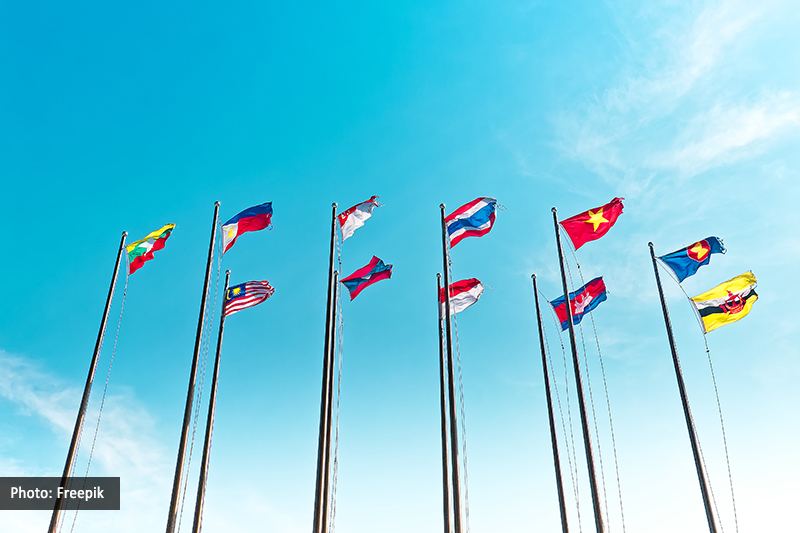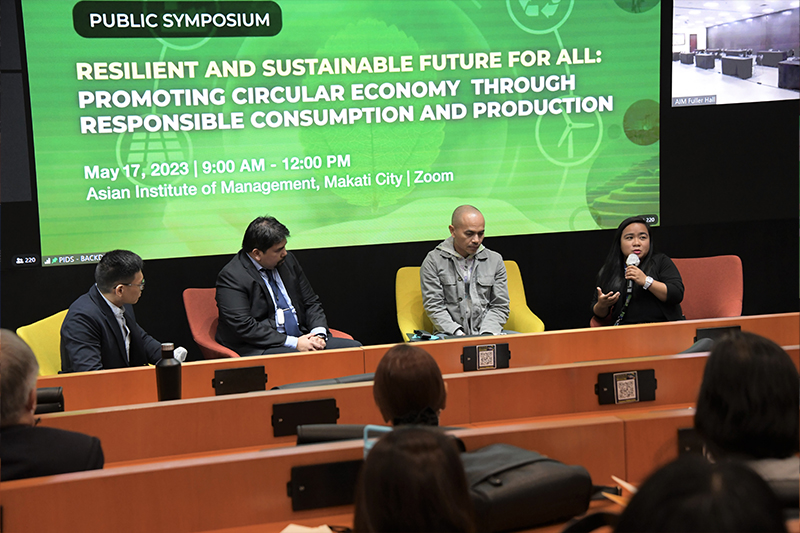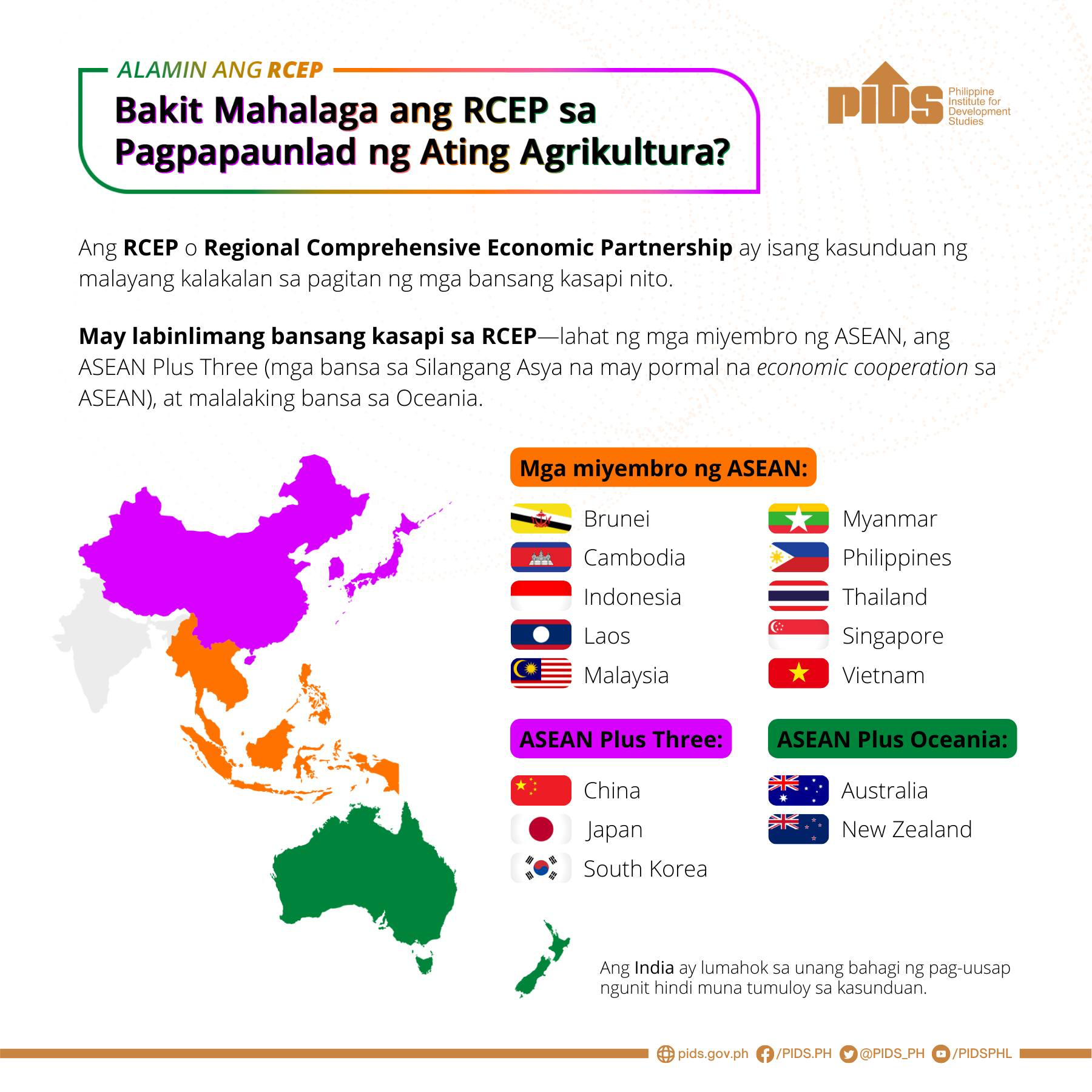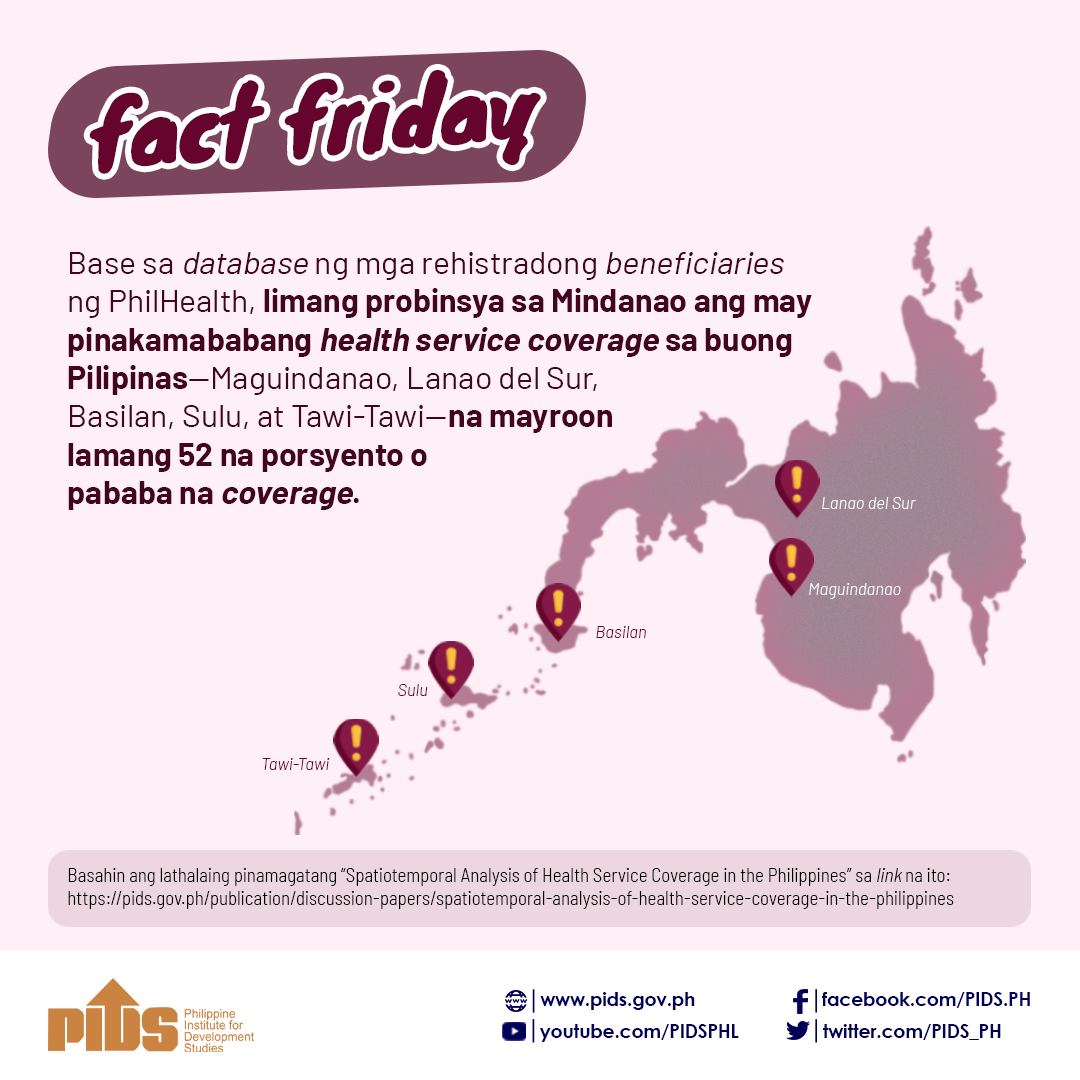THE PHILIPPINES and Vietnam could be the top gainers in terms of real gross domestic product (GDP) growth under a new 15-country Asia-Pacific trade deal, mainly due to lower trade costs, according to a preliminary analysis from the Philippine Institute for Development Studies (PIDS).
The benefit to both countries was quantified as a 2.14% gain in real GDP for Vietnam and a 2.02% gain for the Philippines, according to a presentation delivered by PIDS Senior Research Fellow Francis Mark A. Quimba.
The two countries were identified as among those with the greatest potential to benefit from lower trade costs. Mr. Quimba’s presentation singled out Singapore and South Korea as the top gainers from lower trade costs, followed by Vietnam and the Philippines.
He was speaking at a virtual event organized by the Trade department on Wednesday.
The Regional Comprehensive Economic Partnership (RCEP) signed last year is a trade pact among China, Australia, New Zealand, Japan, South Korea and all 10 member countries of the Association of Southeast Asian Nations (ASEAN), accounting for about a third of the world’s trade and economy.
Mr. Quimba said his modelling indicates that Philippine producers will be able to realize higher factory gate prices under the new set-up, which will flow on to higher real GDP.
“The success of any trade agreement depends on utilization,” he said. “The companies will need to internalize the reduction in trade and increase factory gate prices.”
George N. Manzano, University of Asia and the Pacific economist and former tariff commissioner, said the RCEP can be key to improving trade among member countries.
“We hope that RCEP can increase the resilience of global value chains by making it more established and providing a more secure framework with rules-based approach to the global value chains crisscrossing Asia and the Pacific region,” he said.
“To the extent that RCEP can lower trade costs, it allows member economies to participate more fully and plug in more securely in the global value chain.”
But RCEP could also cause trade vulnerabilities.
The Philippines already benefits from lower tariffs when it exports to Japan, South Korea, and China. But the mega-trade deal will also allow the three economies to have preferential access to each other’s markets.
“There’s always the threat that our preference might be eroded. And this is at the moment something that we need to consider moving forward. We don’t know yet how significant it is,” Mr. Manzano said.
Mr. Quimba also noted concerns surrounding the RCEP centering on the widening of the development gap among members, with more potential benefits flowing to South Korea and Japan.
PHL, Vietnam could be among top RCEP beneficiaries — PIDS












